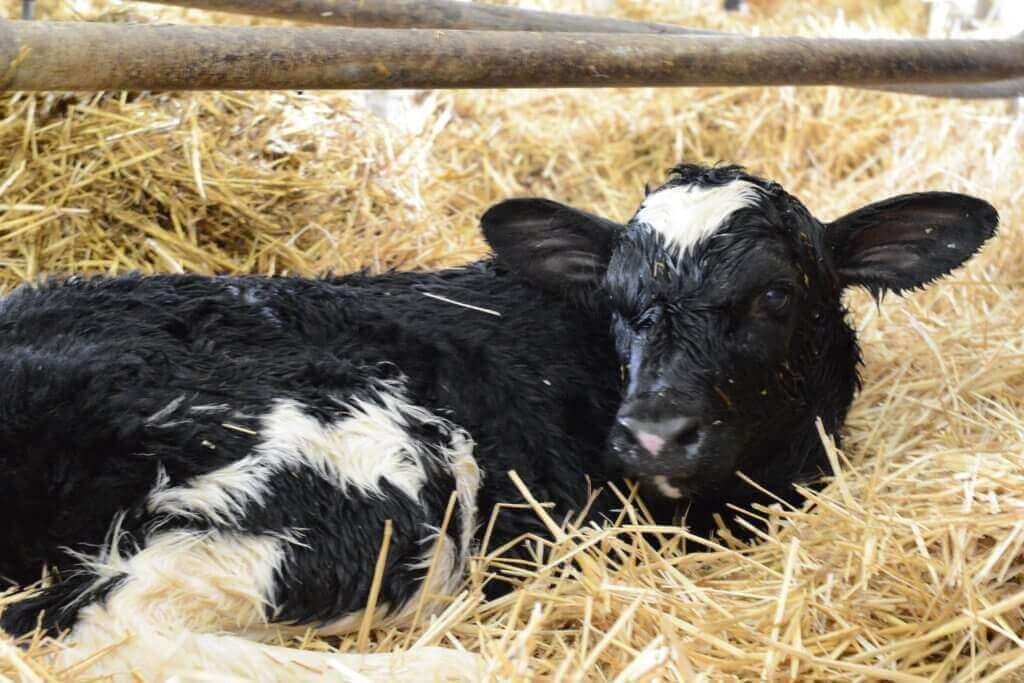As calf research continues to progress, we are better able to intervene at key moments to positively alter a calf’s outcome. For instance, we know that testing maternal colostrum with a refractometer gives us the ability to ensure the calf will receive enough immunoglobulins in the first meal to reduce their risk for morbidity and mortality. With new research, we have a better understanding of other factors and management strategies that can be used to keep a calf on target:
- Fine tuning our consensus of what defines successful passive transfer and failure of passive transfer in calves;
- Benefits of multiple colostrum feedings in the first days of life;
- Implications of heat stress during gestation.
It isn’t about passing or failing anymore
By increasing calf serum IgG concentration, the risk for morbidity and mortality decreases, thus, a new study (Lombard, 2020) is suggesting a graded system for evaluating transfer of passive immunity in calves. Calf illness continues to be a significant challenge, and one that has long lasting implications into future performance. Maximizing calf serum IgG content is one way to naturally prevent, or certainly lessen the severity, of common calf diseases (see Table 1). (adapted from Lombard, 2020):
















